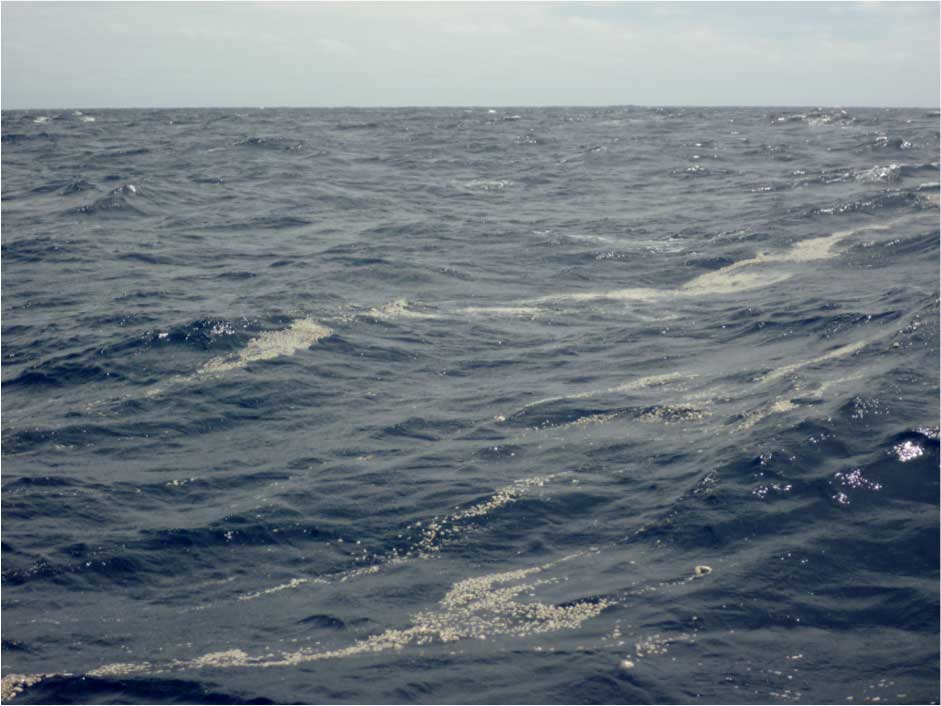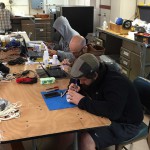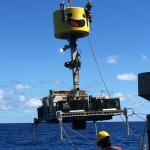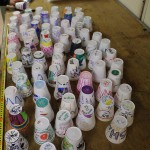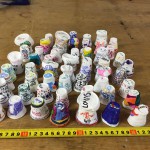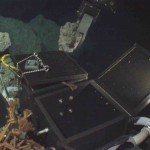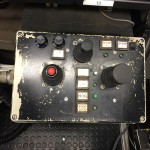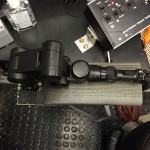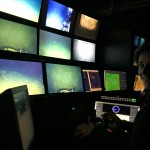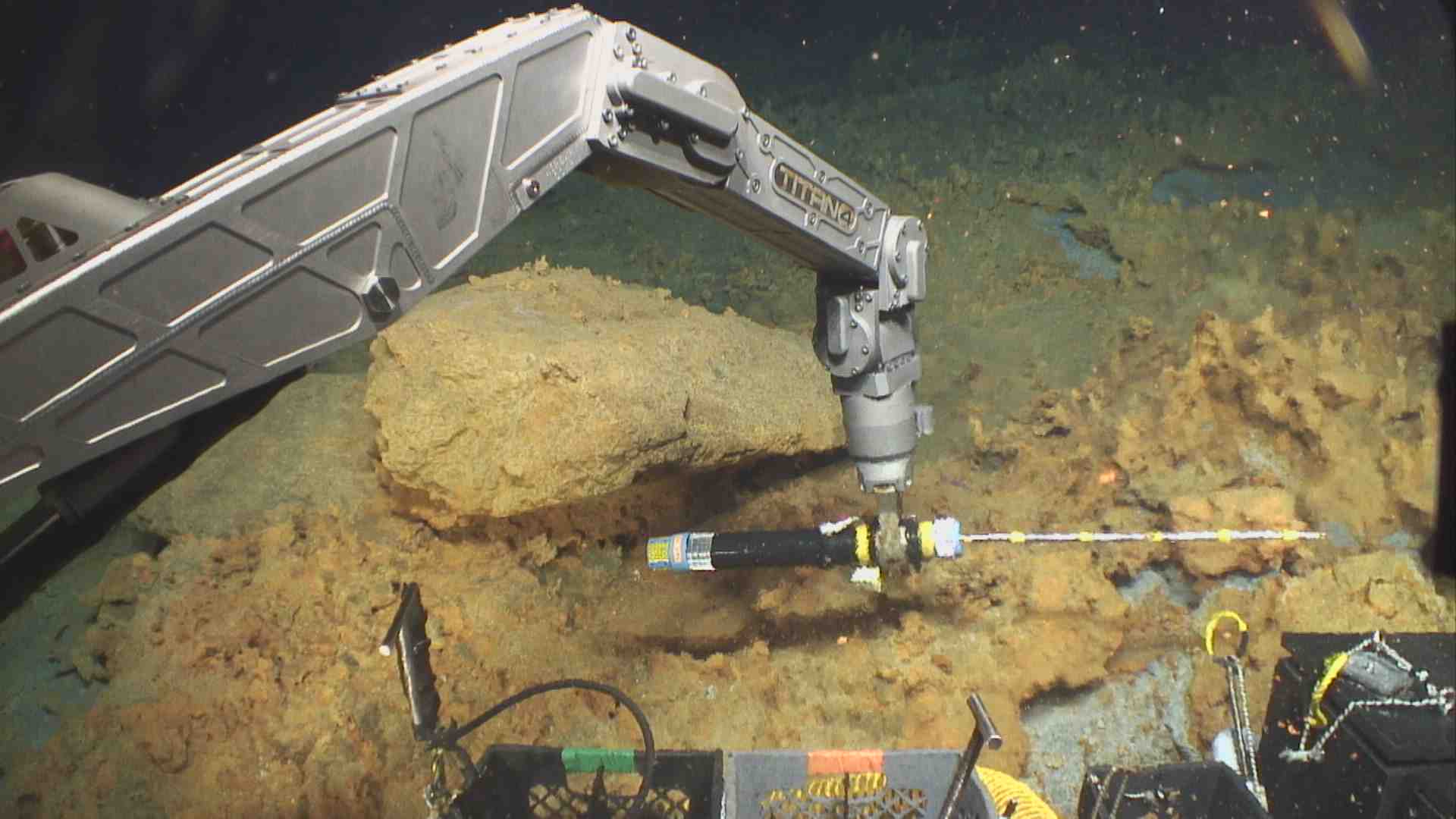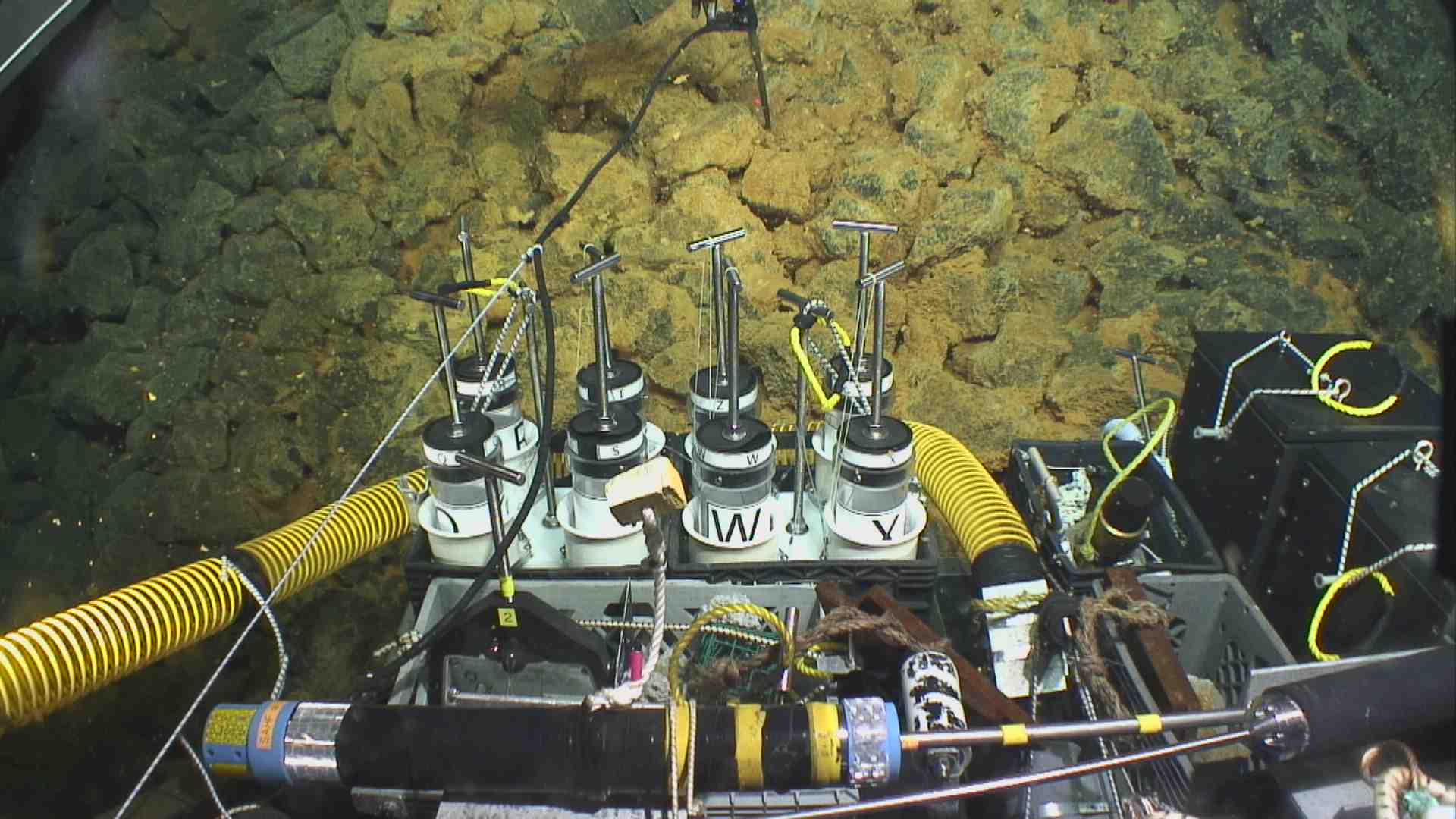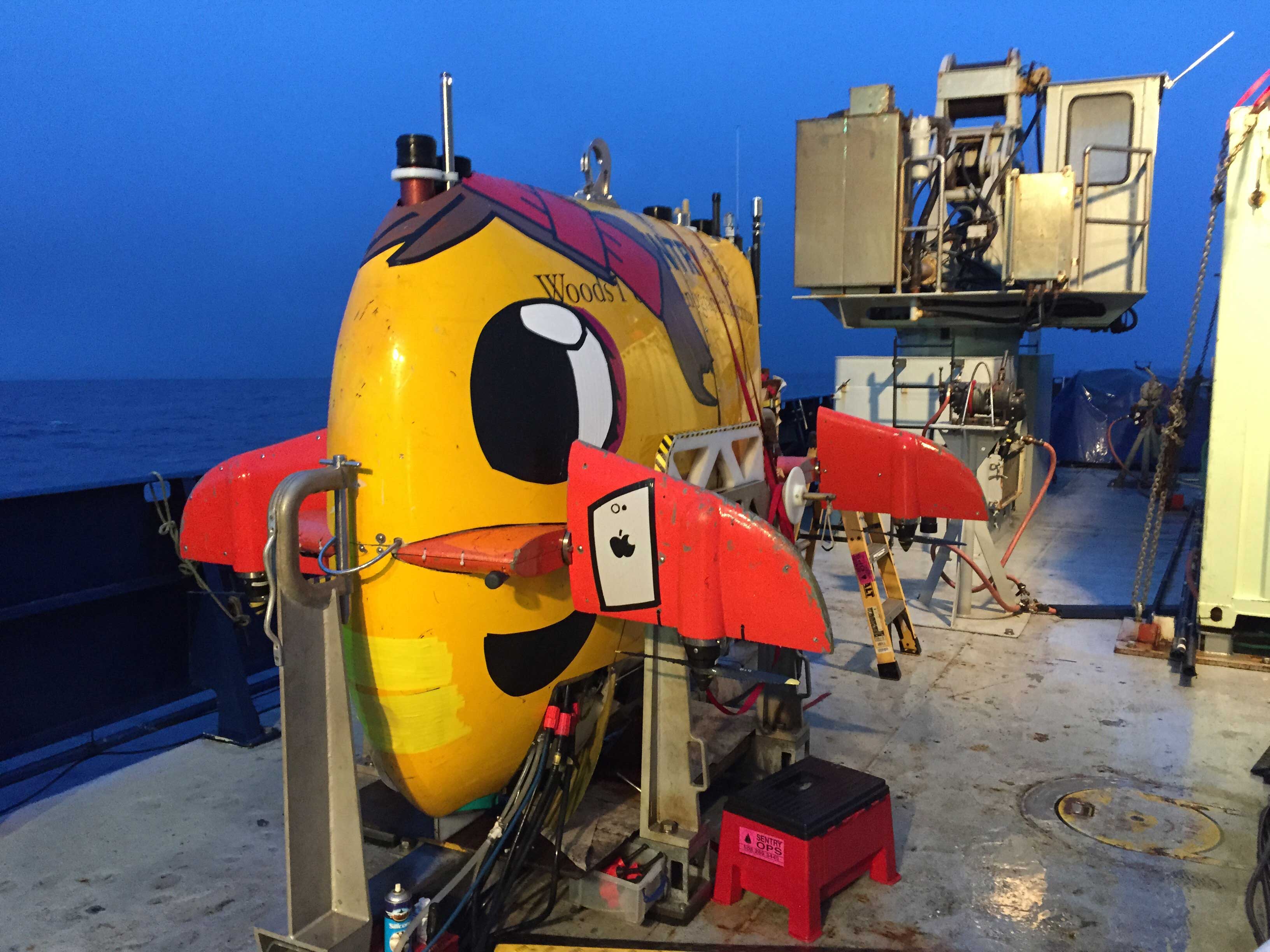As we find ourselves coming towards the end of this cruise it is a time to reflect upon what we have undertaken and offer our thanks to those who have made this possible, so here goes. To the crew of the Roger Revelle a massive thanks, as quite literally we could not have got here without you. You have done everything to make this as successful as possible for us, the food has been great from start to finish, and you have been a pleasure to sail with. So I think I speak for everyone in the science party in again saying a huge thanks and wishing you all the luck in the future!
To the Woods Hole Oceanographic Institution (WHOI) group who have tirelessly operated the submarine vehicles Jason and Sentry, a huge thanks. Your efforts in operating 24 hours a day and consistently problem-solving to get to the places we wanted to observe and sample rocks made this cruise a huge success. Thank-you to the Chief Scientists for organizing this venture and then adapting as results came in. Because of your hard work we have been able to record a vast amount of information (~9 terabytes of raw data) about this eruption, giving us the best possible opportunity to learn the most we can and to use this knowledge going forward. I would also like to extend a thanks to everyone on the Roger Revelle for having been just been excellent in general. It has been a pleasure to spend the last few weeks at sea working with you all, so I wish you all the luck in the future and I look forward to working with you again.
As a first year graduate student, this is the first time that I have been truly exposed to the working world of science, and it has been fascinating talking with people that have lived and been educated all over the world. Traditionally the scientist is seen as a lonely eccentric figure who would spend years on his or her own in a lab working on complex problems. I now know that science is better represented by a diverse set of people working together and using each other’s strengths to achieve a much deeper understanding of our universe together than one could achieve alone. I have only just started my scientific career, but the prospect of continuing along this same path makes me very excited about the future. I can confidently say that I have immensely enjoyed my experience here and I will remember it for a very long time.
So I sit here, a few hours out of port, reflecting on the work that has been done here and the things I (and we all) have experienced out here. But we must also consider what is yet to be done. Not all endings are bitter and this is my no means an end—the research that has been started here will be continued for many years, by people here and elsewhere. I feel as though this quote from Winston Churchill sums up our current position: “Now this is not the end. It is not even the beginning of the end. But it is, perhaps, the end of the beginning.”
